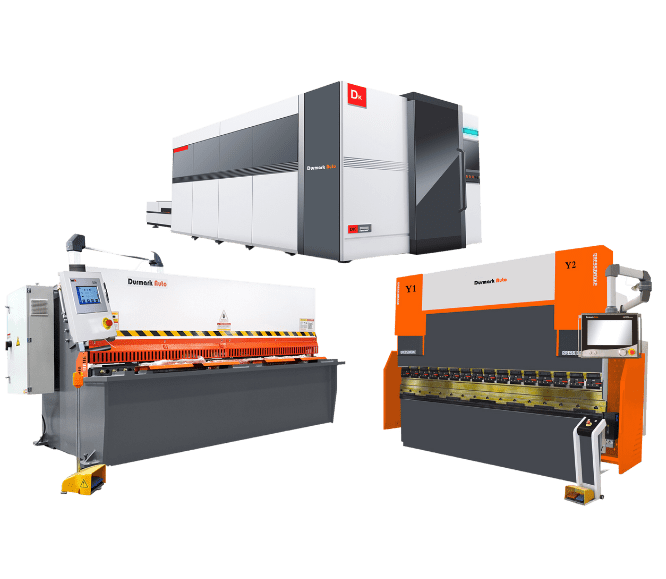
Request a Quote

Request a Quote

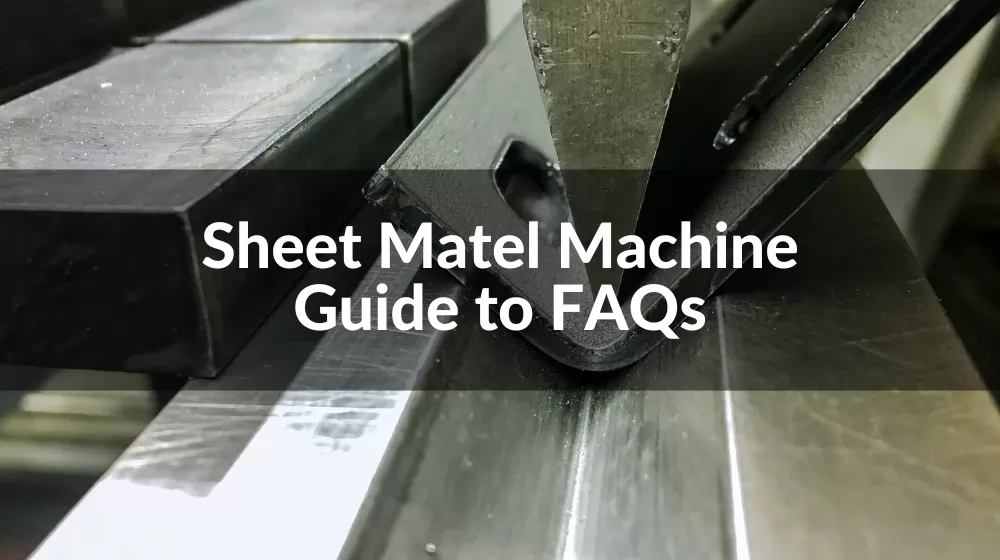
Sheet metal machines are used in various industries.
Well, as a metal parts manufacturer, you will need this type of machine to assist in the production of related products.
In this guide, you will learn about relevant information about sheet metal machines, from basic information to purchase and maintenance, and I hope it will be helpful to you.
What are the benefits of investing in a sheet metal machine?
Techniques for stamping and perforating sheet metal using machines
How to properly maintain and maintain your sheet metal machine
Common Problems and Troubleshooting Tips for Sheet Metal Machines
Comparison of traditional metal processing technology and the use of sheet metal machines
How to minimize waste and maximize efficiency when using sheet metal machines
The role of software and computer-aided design in sheet metal processing
What factors should be considered when buying a second-hand sheet metal machine?
A sheet metal machine is a tool or machine used to form, bend, form and cut sheet metal into desired shapes or sizes. These sheet metal machines help to easily, quickly and effectively; perform a wide range of tasks such as cutting, punching, bending, piercing, ironing, spinning, deep drawing, roll forming, bending forming, rolling, de Angle, rolling, etc. These machines are designed to process metal in a wide range of thicknesses and are commonly used in industries such as HVAC, automotive, aerospace and construction. The exact type of machine used depends on the nature of the job and the output required, with options including shears, brakes, punches and roll formers.
Sheet metal machinery can be categorized into various industrial applications such as shearing machines, sheet metal cutting machines, bending machines, rolling mills, and bending machines.
Sheet metal machines can also be operated by various types of systems, such as hydraulic presses, NC control machines, CNC control machines, CNC synchronous machines, gate machines, etc.
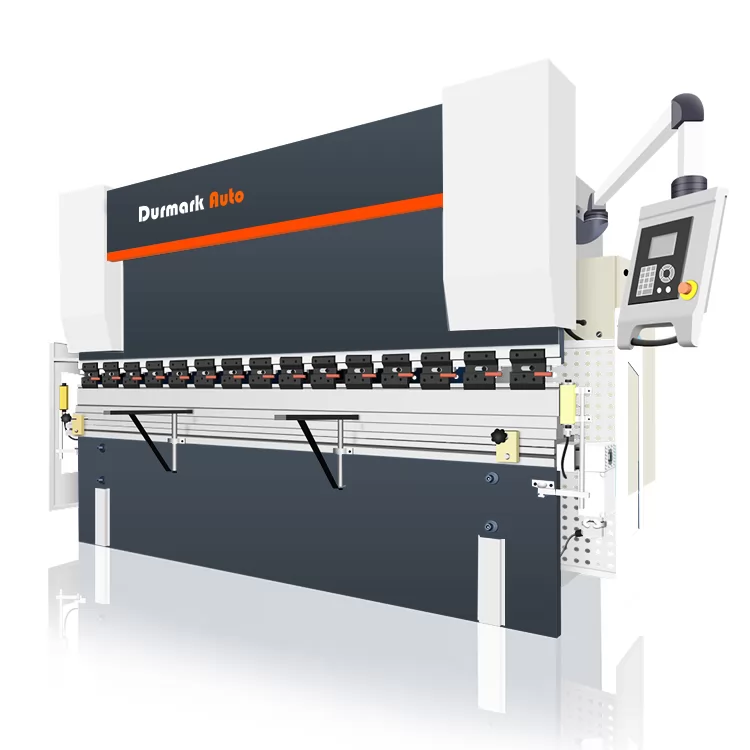
There are several advantages to using a sheet metal machine, including:
Sheet metal machines provide a high degree of control over the bending process, resulting in highly accurate and consistent parts. This helps reduce scrap and rework, saving time and money.
Sheet metal machines are often faster and more efficient than manual bending methods, increasing productivity and reducing lead times.
Sheet metal machines can be used to produce a variety of different parts, making them a valuable addition to any metal fabrication shop.
Safety is fully considered in the design of the sheet metal machine, and it has functions such as protection devices and emergency stop devices to protect operators and prevent accidents.
Durable sheet metal machines feature heavy-duty construction and high-quality components to withstand the rigors of the bending process.
Investing in a sheet metal machine can ultimately save money by reducing the need for manual labor, reducing waste, and increasing the efficiency and accuracy of metalworking operations.
The consistency and precision of a sheet metal machine can lead to a higher quality finished product, which can enhance a business' reputation and increase customer satisfaction.
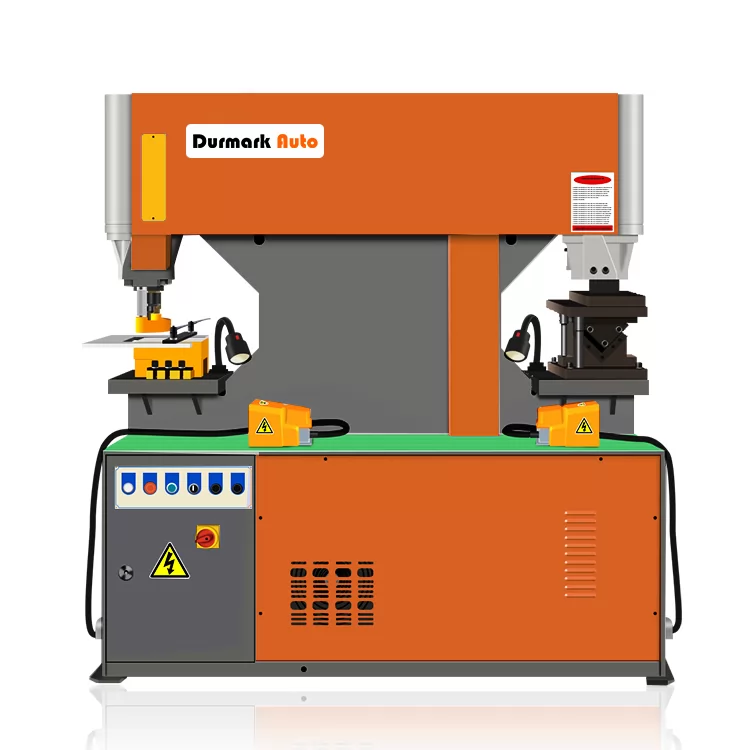
There are several types of sheet metal machines, each designed for specific metalworking operations.
Sheet metal shears: Used for cutting sheet metal into smaller pieces or shapes.
Brakes: Used for bending sheet metal into specific angles.
Punches: Used for punching holes in sheet metal.
Roll forming machines: Used for shaping sheet metal into specific profiles, such as for roofing or ductwork.
Slip rollers: Used for bending sheet metal into curves or circles.
Notching machines: Used for creating notches or cuts in sheet metal.
Corner notchers: Used for creating precise, angled cuts in sheet metal.
Engravers: Used for creating decorative or informational markings on sheet metal.
Plasma cutters: Used for cutting sheet metal using plasma, a high-energy ionized gas.
Laser cutters: Used for cutting sheet metal using a laser beam.
Water jet cutters: Used for cutting sheet metal using a high-pressure stream of water.
Turret punches: Used for punching and forming holes in sheet metal.
Stamping presses: Used for shaping and forming sheet metal into specific shapes or designs.
Press brakes: Used for bending and forming sheet metal into specific shapes or angles.
Power hammers: Used for shaping and forming sheet metal using mechanical force.
Sheet metal machines consist of a variety of parts that work together to perform specific metalworking operations. Some of the commonly used parts in sheet metal machines include:
Bed: The main frame or base of the machine that provides stability and support.
Ram: The part of the machine that moves and applies force to shape or cut the sheet metal.
Blade: The cutting component of a shear or cutting machine that is used to cut the sheet metal.
Punch: The component of a punching machine that is used to create holes in sheet metal.
Die: The component of a punching or forming machine that shapes the sheet metal.
Rollers: The rotating components of a rolling machine that are used to shape or bend sheet metal.
Hydraulic system: The component that provides the force needed to operate the machine, typically through the use of oil or other fluids.
Motor: The component that provides the power to drive the machine.
Control panel: The component that allows the operator to control the machine, including selecting the operation, setting parameters, and starting and stopping the machine.
Fence: The component that helps to guide and position the sheet metal for cutting or shaping.
Table: The component that supports the sheet metal during cutting or shaping operations.
Back gauge: The component that helps to measure and control the position of the sheet metal during cutting or shaping operations.
Laser or plasma head: The component of a cutting machine that is used to direct the laser or plasma beam during cutting operations.
Nozzles: The components of a water jet cutting machine that direct the high-pressure stream of water during cutting operations.
Guides: The components that help to align and position the sheet metal during cutting or shaping operations.
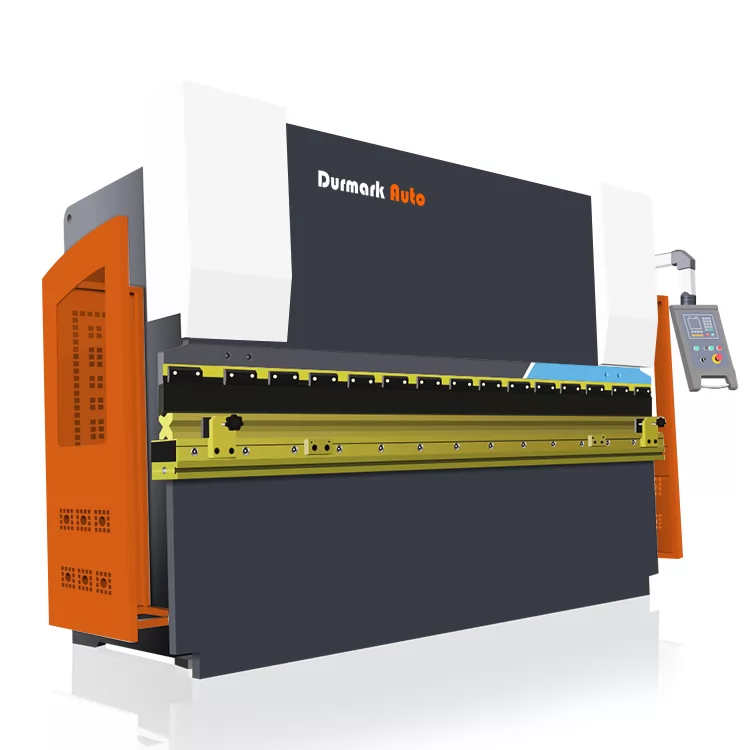
Sheet metal machines are safe when used correctly, but like all machinery, they can pose a risk of injury if not handled and maintained properly.
Read the operator manual and train
Wear appropriate personal protective equipment (PPE)
Keep your workspace clean and organized
Secure loose clothing and tie long hair
When making adjustments or performing maintenance, turn off the machine and disconnect it from the power supply
use the machine for its intended purpose
Check the machine regularly
Choosing the right sheet metal machine is important to ensure you get the most value from your investment and are able to perform the metalworking operations you need.
Consider your budget for the machine, including purchase price, installation costs, and any ongoing maintenance or replacement costs.
Determine the purpose of the machine and choose a model designed for your specific needs. Make sure the machine is capable of handling your workpiece
Consider the type of metalworking operation you will be performing and identify the operations needed to achieve your goals, such as cutting, punching, bending and forming, there is a machine for nearly every operation you can think of.
Refer to the sheet metal thickness and size you will be using to determine if the model will fulfill your needs.
The scale of production determines whether you need a higher level of machine automation, such as manual, semi-automatic or fully automatic machines, of course their prices are not the same.
Considering the level of precision required for metalworking operations, higher precision leads to better product quality.
Consider the available floor space in your workspace to ensure that the machine will fit and can be installed correctly, and that the operation will be safe and productive.
Consider the power requirements of the machine, including power supplies and other utilities, to ensure that the machine will install and operate properly.
The reliability and maintainability of the sheet metal machine is an important guarantee for your normal production, and it will also save you a lot of production costs.
Consider the reputation of the supplier and the level of support they offer, including warranty and maintenance services, to ensure you have a reliable source for your machine and any associated support.
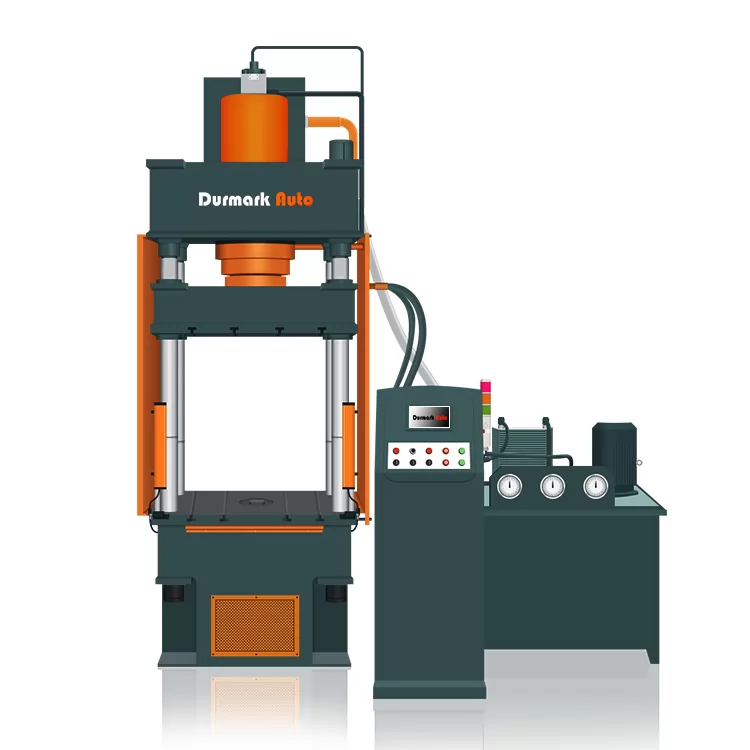
Choosing the right manufacturer for your sheet metal machine is an important decision that can affect the quality, reliability and longevity of your machine. Here are some factors to consider when choosing a manufacturer:
Sheet metal machines deform metal in various ways to form or cut it. Therefore, we need to clarify the needs of our future production products, such as the materials used to manufacture finished products, the size specifications of finished products, and the specifications of finished products. Choose different types of presses according to your needs, such as high-speed presses and precision presses
Sheet metal machine manufacturers often describe their products in detail on their websites, often with more detailed specifications. You can compare them carefully to see if it is the specification you need. And check out the customer reviews on the website, they can give you a more objective reflection.
You can try to talk to them to find out whether their products are suitable for your production and whether the technical team of the sheet metal machine manufacturer is professional. This is important and can greatly affect whether or not you will enjoy working together.
Choosing the right sheet metal machine is a very important step in your production, so please check carefully when making your choice
Before knowing your uncertainties, find out which industrial facilities know and which brands they work with. You can visit their official website or contact some of their customers to find out about their experience.
Consider the price of the machine and the value of your investment, including the quality and reliability of the machine, the level of technical support and after-sales service.
Durmark as a leading sheet metal machine manufacturer and wholesaler in China, we produce various types of sheet metal machines for the international market, all our customers are from all over the world, we understand the needs of customers, we are committed to high quality sheet metal machine manufacturing.
You can get our one-stop service.
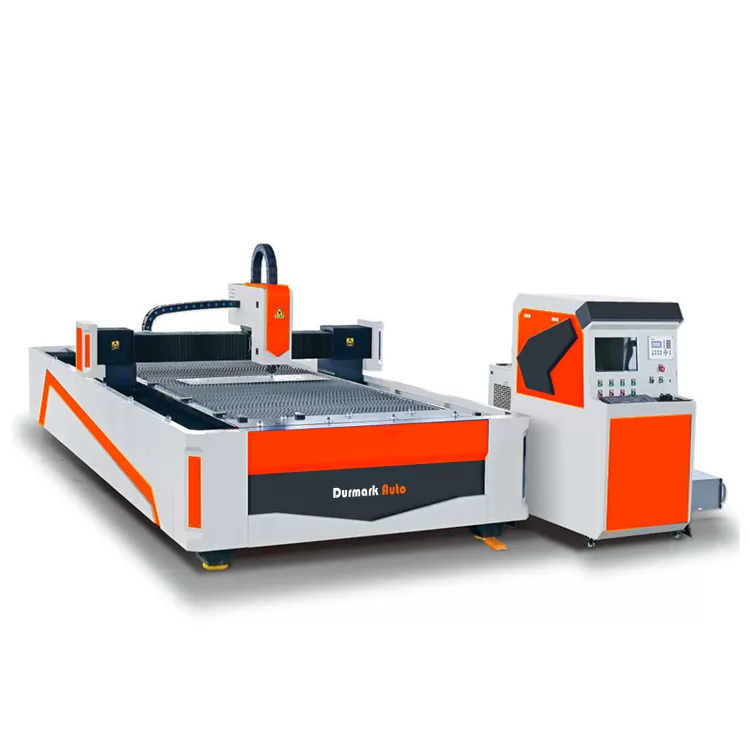
The technique you choose for cutting sheet metal will depend on your specific needs, including metal type, thickness, and level of precision required. There are several techniques for cutting sheet metal with machines, each with its own advantages and disadvantages, including:
A high-precision cutting method that uses a focused laser beam to vaporize metal. This method is ideal for intricate designs and fine cuts, and is often used in the aerospace and automotive industries.
A high-speed cutting method that uses a plasma torch to cut metal. This method is suitable for thicker materials and is often used in the manufacturing and construction industries.
A high-precision cutting method that uses high-pressure water mixed with abrasive particles to cut metal. This method is ideal for delicate materials and is often used in the food, medical and electronics industries.
A cutting method in which shapes are cut from metal using a punch and die. This method is ideal for high-volume production and is often used in the automotive and electronics industries.
A cutting method in which a straight-edged cutting tool is used to cut metal along a straight line. This method is suitable for larger metal pieces and is commonly used in the construction and manufacturing industries.
A cutting method that uses a rotating blade to cut through metal. This method is suitable for thicker materials and is often used in the construction and manufacturing industries.
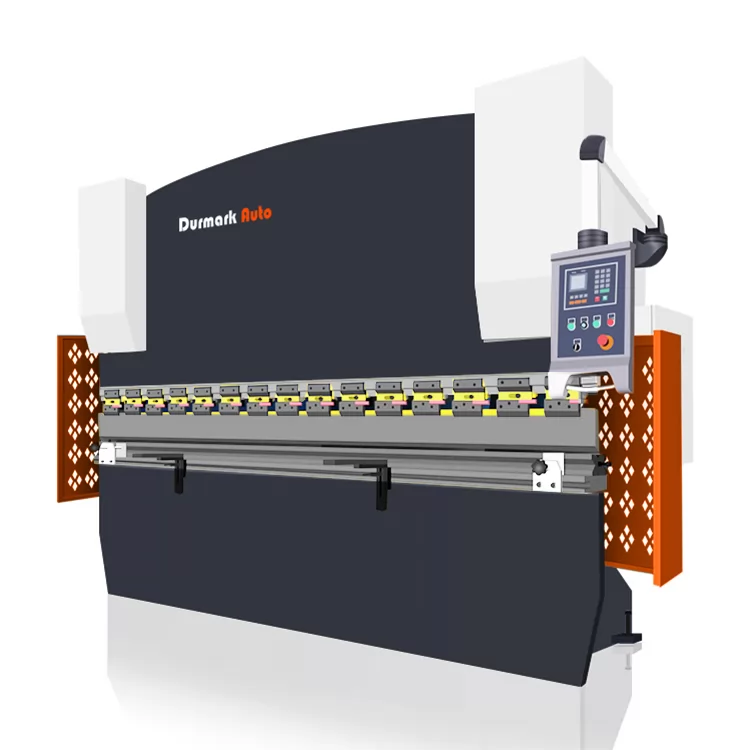
The process of bending sheet metal with a machine involves applying force to a sheet of metal in order to change its shape into a desired form. The most common techniques for bending sheet metal with a machine include:
This technique uses a brake press machine, which consists of a bed, clamping beam, and punch. The sheet metal is clamped into place and the punch pushes down onto the metal, bending it along a straight line.
This technique uses a set of three or four rolls that are used to gradually bend the metal by passing it through the rolls. The rolls can be adjusted to produce a variety of different shapes and bend radii.
This technique uses a press brake machine that uses a punch and die to bend the metal into a specific shape. The punch pushes the metal against the die, which forms the bend.
This technique uses a folding machine, which consists of a set of upper and lower beams that are used to bend the metal by applying pressure to the top and bottom of the sheet.
This technique uses a rotary draw bending machine, which consists of a set of rolls and a mandrel. The metal is fed through the rolls, which bend it around the mandrel, forming a cylinder.
Forming sheet metal involves changing the shape of metal into a specific shape without destroying its integrity. This process can be accomplished using a variety of machines, each with its own metal forming technology. The most common techniques for forming sheet metal using machines include:
The technology uses a stamping machine, which consists of a bed, a punch and a die. The metal is placed between the die and the indenter, which presses down on the metal to form it into a specific shape.
This technique uses a deep drawing press consisting of a bed, punch and die. The metal is placed between the punch and the die, and the punch presses down on the metal, forming it into a specific shape.
The technique uses a roll forming machine, which consists of a series of rollers that gradually bend and shape the metal as it passes through the machine.
The technique uses high-pressure hydraulic fluid to form metal into specific shapes. Metal is placed between the bladder and the mold, and hydraulic fluid is applied to the bladder, forcing the metal into the desired shape.
This technique uses a spinning machine consisting of a chuck and tool. The metal is clamped onto the chuck, and tools are used to form the metal into a specific shape as the chuck rotates.
The technique uses a stretch former, which consists of a set of rollers and a mandrel. The metal is clamped onto a mandrel, and rollers are used to stretch the metal and shape it into a specific shape.
Stamping and perforating sheet metal involve changing the shape and texture of the metal, respectively, through the use of machines.
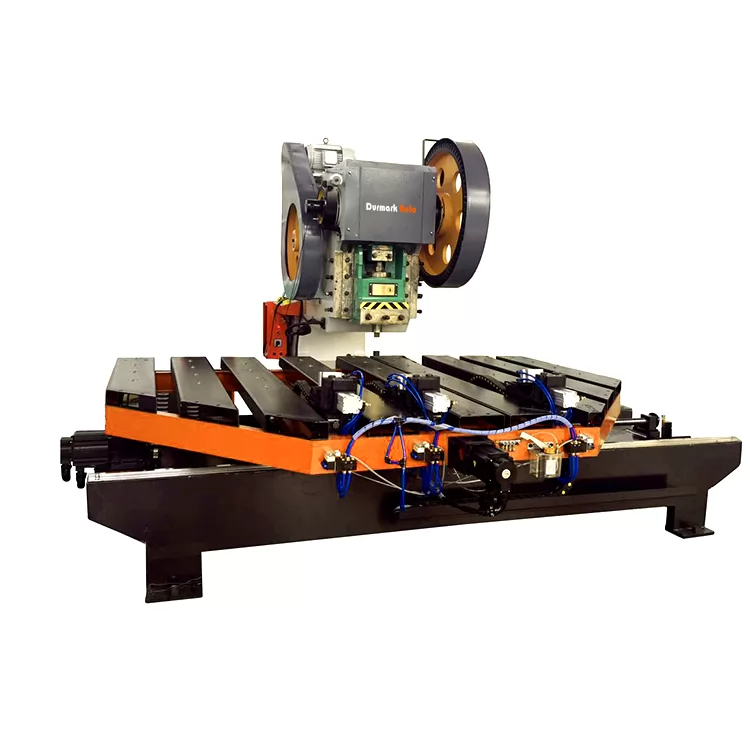
This technique uses a progressive stamping press, which consists of a series of stations that perform different stamping operations on the metal as it moves through the machine.
This technique uses a transfer stamping press, which consists of a series of stations that transfer the metal from one station to another, performing different stamping operations on the metal as it moves through the machine.
This technique uses a fineblanking press, which consists of a bed, punch, and die. The metal is placed between the punch and the die, and the punch pushes down onto the metal, cutting it into a specific shape and creating a fine, clean edge.
This technique uses a punch and die perforating machine, which consists of a bed, punch, and die. The metal is placed between the punch and the die, and the punch pushes down onto the metal, creating a series of holes.
This technique uses a rotary perforating machine, which consists of a set of rolls and a series of punches. The metal is fed through the rolls, and the punches create a series of holes in the metal as it passes through.
This technique uses a laser perforating machine, which uses a laser beam to create a series of holes in the metal. The laser beam is precisely aimed at the metal, and the heat from the laser causes the metal to vaporize, creating a hole.
Getting accurate results when working with sheet metal machines requires proper planning, preparation, and execution. Here are some tips to help you achieve the best results:
Make sure to choose a machine that is suitable for your specific needs, including the type of metal, thickness, and desired shape or pattern.
Use the appropriate tools for each stage of the process, including cutting, forming, and perforating, to ensure that your machine runs smoothly and produces accurate results.
Regular maintenance is key to keeping your machine running smoothly and avoiding downtime. Make sure to follow the manufacturer's recommended maintenance schedule, and keep your machine clean and well-oiled.
Choose the right type of metal for your project, taking into account its properties, such as strength, ductility, and hardness. This will ensure that your machine runs smoothly and produces accurate results.
Set up your machine properly, taking into account the metal's thickness and any other factors that may affect the machine's performance. This will help ensure that your machine produces accurate results and operates efficiently.
Use the right techniques for each stage of the process, including cutting, forming, and perforating, to ensure that your machine runs smoothly and produces accurate results.
Monitor your machine closely during the entire process, paying attention to any potential issues or deviations from the desired results. This will allow you to make adjustments as necessary to ensure that your machine produces accurate results.
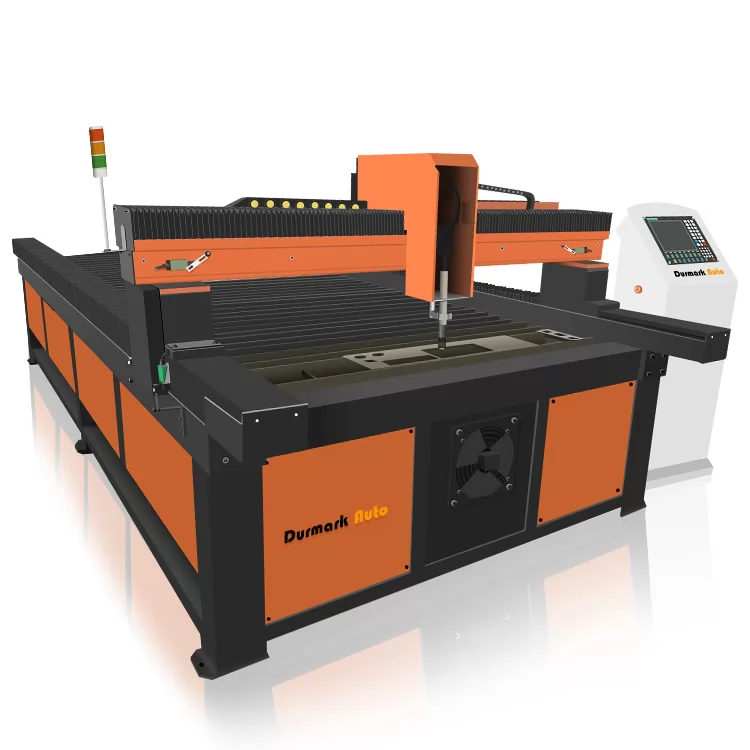
Proper maintenance is essential for ensuring the longevity and efficiency of your sheet metal machine.
Make sure to follow the manufacturer's recommended maintenance schedule, which will include regular cleaning, oiling, and checking of key components.
Keep your machine clean and free of debris, which can interfere with its performance and cause unnecessary wear and tear.
Regularly lubricate all moving parts of your machine, including gears, bearings, and bushings, to ensure smooth operation and prevent wear and tear.
Inspect your machine regularly for worn parts, and replace them as needed to ensure that your machine operates efficiently and effectively.
Store your machine in a clean, dry, and well-ventilated area, and cover it with a protective cover to protect it from dust and debris.
Make sure that all operators are trained on the proper use and maintenance of the machine to help ensure that it operates efficiently and effectively.
Create a maintenance plan for your machine, which will include regular inspections, cleaning, lubrication, and replacement of worn parts.
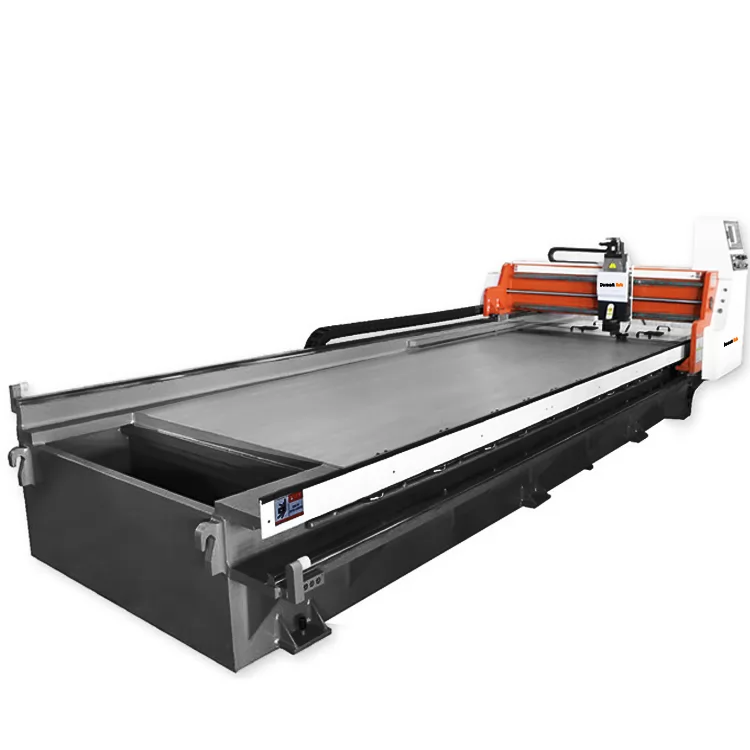
If you're experiencing problems with your sheet metal machine, first check to make sure that it's properly plugged in and that there aren't any obvious causes, such as debris or poor machine settings. If the problem persists, seek help from a professional to resolve it.
If your machine isn't turning on or isn't functioning properly, first check to make sure that it's properly plugged in and that there isn't a power outage. If the problem persists, check the machine's fuses and circuit breakers.
If your machine is producing inconsistent results, it may be due to a problem with the machine's settings or the metal being used. Double-check the machine's settings, and make sure that you're using the right type of metal for your project.
If your machine is producing poor cutting quality, it may be due to dull or damaged blades, or incorrect machine settings. Replace any dull or damaged blades, and double-check the machine's settings to ensure that they're correct.
If your machine isn't responding to inputs, check to make sure that the machine's control panel is working properly, and that all connections are secure.
If your machine jams, first turn it off and unplug it. Remove any debris that may be causing the jam, and make sure that all moving parts are properly lubricated.
If your machine is overheating, it may be due to a lack of proper ventilation, a clogged air filter, or a problem with the machine's cooling system. Clean or replace the air filter, and make sure that the machine has proper ventilation. If the problem persists, have a professional check the machine's cooling system.
Sheet metal machines can be a valuable tool for increasing productivity in your manufacturing or fabrication operation.
Select a machine that is appropriate for your specific needs, and that has the capacity to handle the volume and type of metal that you will be working with.
Make sure that all operators are trained on the proper use of the machine, and that they are familiar with its capabilities and limitations.
Make sure that your machine's settings are optimized for your specific needs. This may include adjusting the cutting speed, blade pressure, or other settings to achieve the best results.
Streamline your processes by using the right tools and accessories, and by having the right materials and supplies on hand when you need them.
Plan your projects in advance, and make sure that you have all the necessary materials, tools, and supplies on hand before you begin.
Regularly monitor your machine's performance to ensure that it's operating efficiently and effectively. Make any necessary adjustments to settings or processes to optimize performance.
Regular maintenance is essential for maximizing the productivity of your machine. Follow the manufacturer's recommended maintenance schedule, and make sure that all moving parts are properly lubricated.
Ways to find sheet metal machine manufacturers in China include
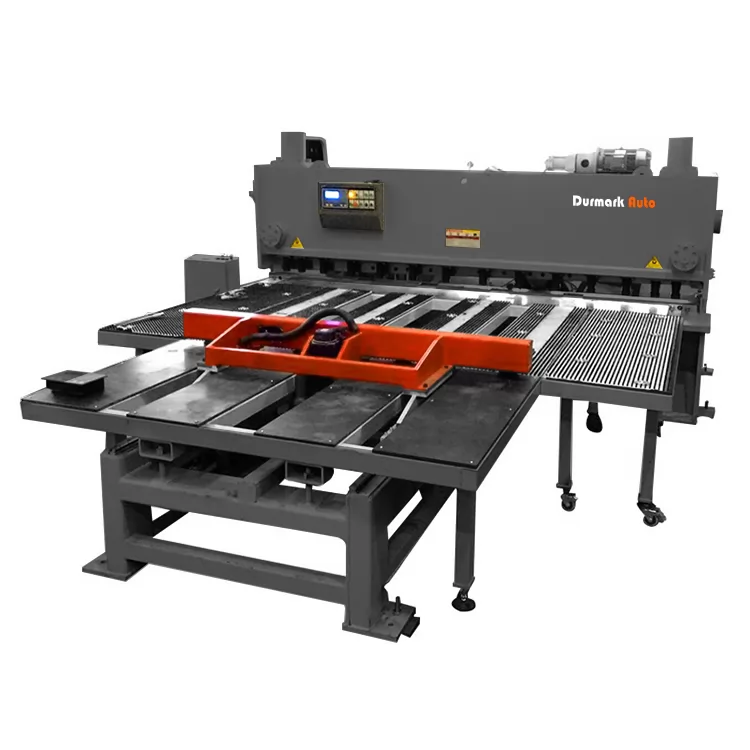
Online platforms such as Alibaba and Made in China are ideal places for different sheet metal machine manufacturers to market their products to customers.
Manufacturers can usually provide you with different prices and after-sales services.
When searching on these sites, you must ensure that you are selecting a manufacturer and not a distributor or trader.
Also, don't start a deal with a specific manufacturer until you've verified their credentials.
The advantage of having a large number of manufacturers on these sites is that you can negotiate or select the right manufacturer for your automatic press.
You also have the opportunity to negotiate the price of the product.
Google, Bing search
Most good sheet metal machine manufacturers have their own websites to advertise their products.
However, many excellent Chinese manufacturers do not pay attention to this or start late, but this does not mean that they cannot provide excellent products.
So it might be hard to find them on the first few pages, but you can check out a few pages where there are many good sheet metal machine manufacturers to choose from.
Or you can add China in the keyword to see more Chinese manufacturers.
Many sourcing agents in China are aware of different sheet metal machine manufacturers in China.
They know the production capacity and pricing of these manufacturers.
These are the important specifications that your sourcing agent can help you with when looking for sheet metal machine manufacturers.
A buying agent can also save you the trouble of finding a reliable manufacturer, as they usually have a ready-made list to choose from.
The main limitation of using a sourcing agent is the high cost of finding a manufacturer.
You can't compare what you pay here with what you could lose if you bet on finding a manufacturer.
Whenever there is a China trade show in your country or China, you should expect Chinese manufacturers to showcase their products.
This allows you to interact with different manufacturers and ask them about different aspects of their manufacturing process.
The benefit of this approach is that you get to meet face-to-face with a particular manufacturer.
This allows you to negotiate different specifications with the manufacturer.
Common trade fairs in China include: Canton Fair, etc.
It is crucial that once you have an agreement with a particular manufacturer, you need to visit their premises before commencing production.
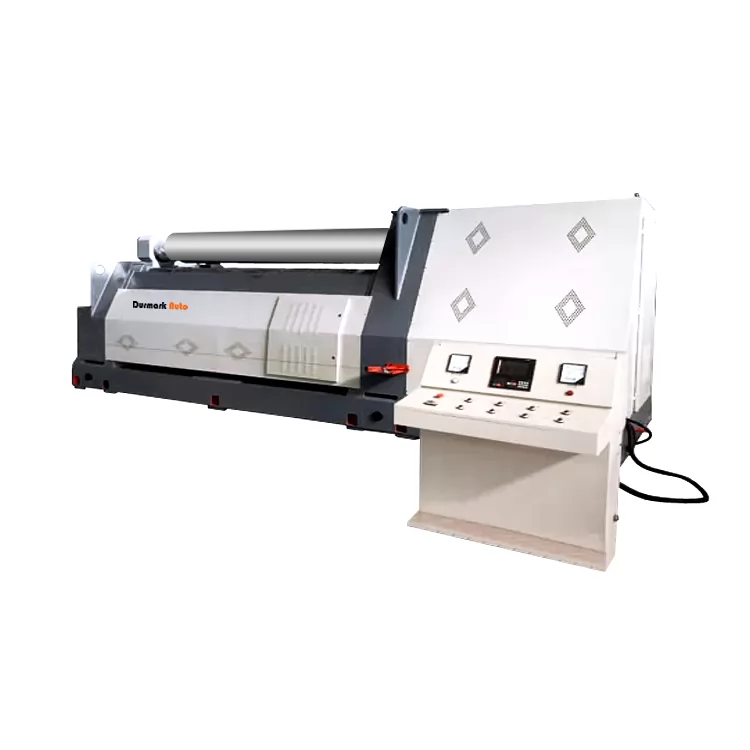
Sheet metal machines can provide many cost benefits for manufacturers and fabricators, helping them to save money and improve their bottom line.
Sheet metal machines can significantly increase the efficiency of your manufacturing or fabrication operation, reducing the time and effort required to complete a project. This can result in reduced labor costs, as well as faster production times, which can help you to meet customer demands more quickly.
Sheet metal machines can help to reduce material waste by providing precise cuts, reducing the need for rework or scrapping. This can result in significant cost savings, as well as a reduction in the amount of scrap material that must be disposed of.
Sheet metal machines provide high levels of accuracy, reducing the need for manual adjustments or rework. This can result in fewer mistakes, which can save time and money, and help to maintain high levels of quality in your finished products.
Sheet metal machines can perform a wide range of functions, including cutting, bending, stamping, and perforating. This versatility can allow you to handle multiple projects with a single machine, reducing the need for multiple tools and machines, and ultimately reducing your costs.
Sheet metal machines are typically designed for long-term durability and reliability, reducing the need for frequent repairs or maintenance. Regular maintenance can also help to extend the lifespan of your machine and minimize the cost of ownership over time.
Traditional metal processing techniques and the use of sheet metal machines represent two different approaches to metalworking. Here is a comparison of the two:
Sheet metal machines are much faster than traditional metal processing techniques, allowing manufacturers and fabricators to complete projects more quickly and efficiently.
Sheet metal machines provide high levels of accuracy, reducing the need for manual adjustments and rework. In contrast, traditional metal processing techniques often rely on manual labor, which can result in errors and inconsistencies.
Sheet metal machines can perform a wide range of functions, including cutting, bending, stamping, and perforating. This versatility can allow you to handle multiple projects with a single machine, reducing the need for multiple tools and machines. In contrast, traditional metal processing techniques often require multiple tools and manual labor to complete a project.
Sheet metal machines can be more expensive than traditional metal processing techniques, but the increased efficiency and reduced labor costs can result in significant cost savings over time. Additionally, the cost of metalworking tools and materials has decreased in recent years, making sheet metal machines more accessible to smaller manufacturers and fabricators.
Using sheet metal machines typically requires specialized training and expertise, whereas traditional metal processing techniques often rely on manual labor and can be performed by a wider range of individuals with varying skill levels.
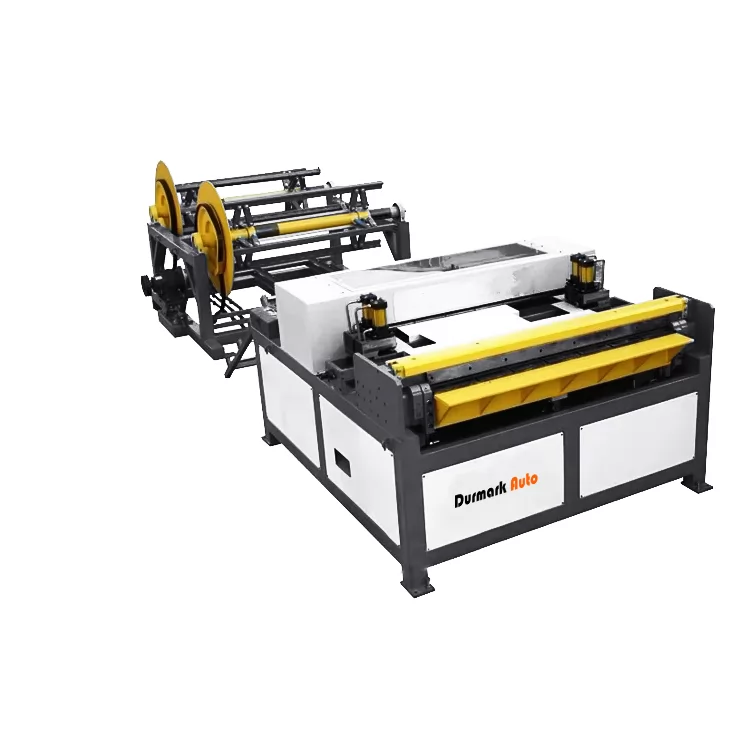
Here are some reasons why sheet metal machine operator training is important:
Proper training can help reduce the risk of accidents and injuries while operating sheet metal machines. Machine operators need to be aware of the potential hazards and understand how to use the equipment safely.
Regular maintenance is crucial for keeping sheet metal machines in good working condition. Proper training can teach operators how to identify and address common maintenance issues, which can help extend the lifespan of the equipment.
Proper training can help ensure that operators are producing high-quality products that meet specifications. This can help reduce the need for rework and improve customer satisfaction.
Sheet metal machine operators who receive proper training are more likely to use the equipment efficiently, which can result in increased production speed and reduced waste.
Many industries have regulations and standards that must be followed when operating sheet metal machines. Proper training can help ensure that operators are aware of these regulations and are able to comply with them.
Minimizing waste and maximizing efficiency when using sheet metal machines is crucial for reducing costs and improving profitability.
Regular maintenance of sheet metal machines can help minimize downtime and ensure that the equipment is operating at its maximum efficiency. This can include routine checks and inspections, as well as repairs and replacements of worn or damaged parts.
Proper operator training can help ensure that the machines are being used efficiently and effectively. This can include training on how to load and unload materials, adjust settings, and troubleshoot common problems.
Analyzing and optimizing the production process can help identify areas for improvement and reduce waste. This can include identifying bottlenecks in the process, reducing material waste, and streamlining the overall production flow.
Choosing the right material for the project can help minimize waste and improve efficiency. This can include selecting materials with the right thickness and strength for the specific project, as well as considering the ease of processing and the potential for waste reduction.
Investing in technology
Advances in sheet metal machine technology can help improve efficiency and reduce waste. This can include investing in machines with improved cutting and forming capabilities, as well as software tools that can optimize the production process.
Using the right tools for the job can help improve efficiency and reduce waste. This can include selecting the right cutting tools, bending tools, and stamping tools for the specific project.
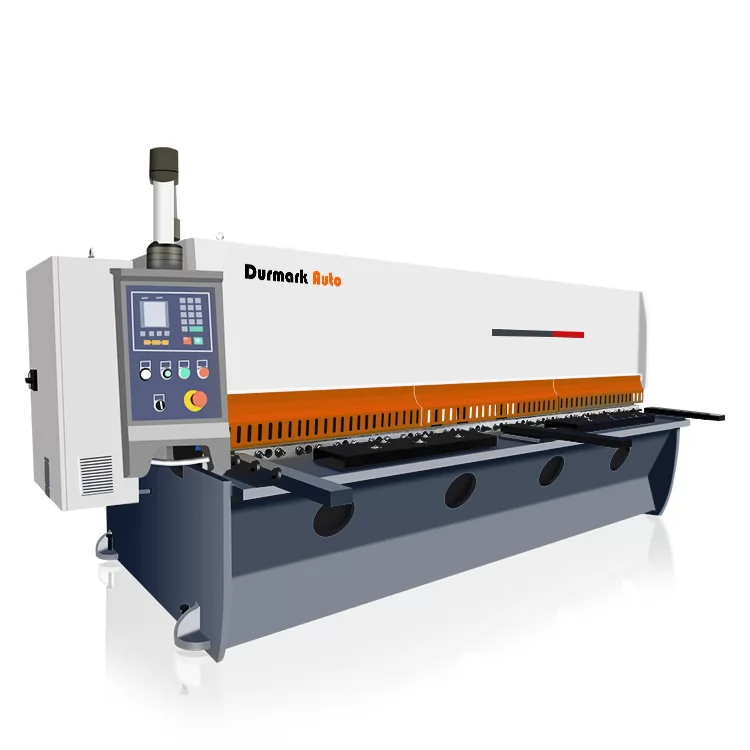
Software and computer-aided design (CAD) play a crucial role in modern sheet metal processing.
CAD software allows designers to create precise and detailed drawings of sheet metal components, which can be used to guide the production process.
Production planning software can help optimize the production process by scheduling jobs, tracking materials, and ensuring that the correct tools and equipment are available.
Software tools can be used to simulate the production process, allowing manufacturers to identify potential issues and make adjustments before the process begins.
Nesting software can be used to optimize the placement of parts on sheets of metal, reducing material waste and improving efficiency.
Cutting optimization software can be used to optimize the cutting process, reducing the number of cuts required and minimizing waste.
Software tools can be used to monitor and control the production process, ensuring that the final products meet the required specifications and standards.
CAD software can be used to store and manage production data, providing a centralized repository for information and allowing for easy access and analysis.
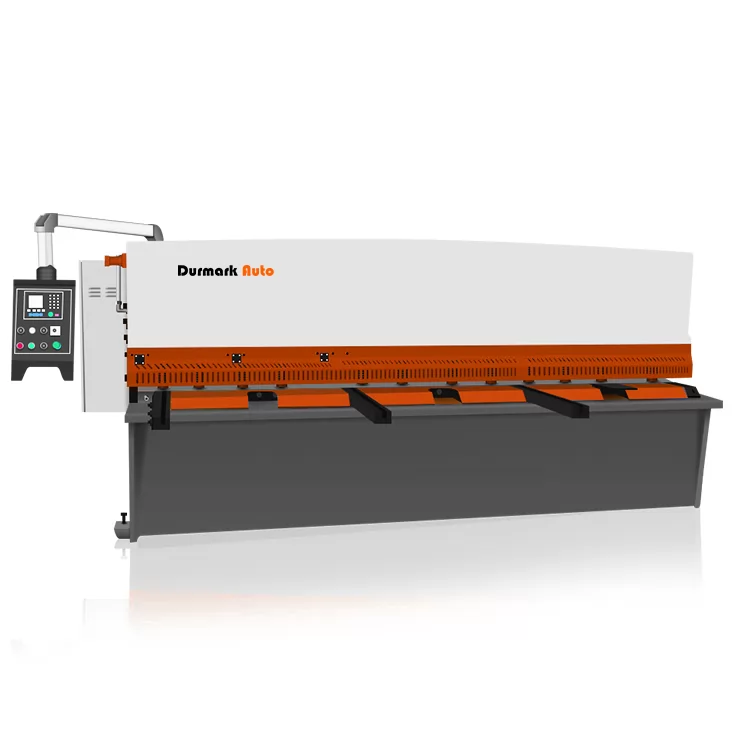
The use of computer numerical control (CNC) technology in sheet metal processing offers a number of benefits, including:
CNC machines are highly precise and can produce consistent, accurate results, reducing the need for manual intervention and improving the overall quality of the final product.
CNC machines can operate at high speeds, significantly reducing production time and increasing overall efficiency.
CNC machines can be programmed to perform a wide range of sheet metal processing operations, making them highly versatile and allowing manufacturers to produce a wider range of products.
CNC machines can be programmed to perform specific operations, reducing the need for manual labor and minimizing the risk of injury.
CNC technology allows manufacturers to easily change the production process as needed, without requiring extensive retooling or reconfiguration.
CNC machines can be programmed to perform the same operations repeatedly, ensuring consistent results and reducing the risk of human error.
By reducing the need for manual labor, CNC machines can help lower labor costs, improve production efficiency, and increase overall profitability.
CNC technology allows manufacturers to produce higher volumes of products in less time, significantly increasing overall productivity.
For many customers with a small budget, choosing a second-hand machine is a good choice. But buying a second-hand sheet metal machine is a very difficult task, which requires specific research and analysis on the second-hand machine, and many factors need to be considered. And there is no corresponding guarantee in terms of quality and maintenance in the follow-up, so we are more willing to recommend you to choose to buy new equipment, especially sheet metal machine manufacturers with many years of experience and reputation like us.
In most cases, customers have their own unique needs.
You can choose a machine that matches your design and customize your unique machine based on existing equipment.
In such cases, you can always consider supplying the manufacturer with blueprints of your preferred custom machine design.
The manufacturer evaluates the feasibility of the design and approves or makes necessary adjustments to the provided blueprints.
Once approved, the manufacturer proceeds to build the machine according to the custom design specifications.
Durmark is a world-class sheet metal machine manufacturer fully capable of providing sheet metal machines and production advice needed for sheet metal production. For all your needs, you can visit our sheet metal machines website for the latest product proposals and complete solutions.
Contact us today to speak with our professional technical team.
.png)


